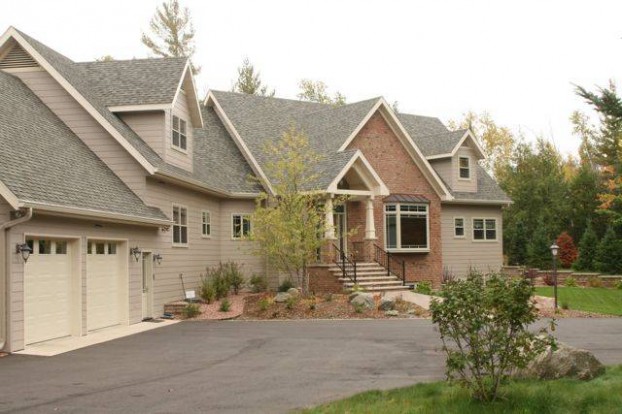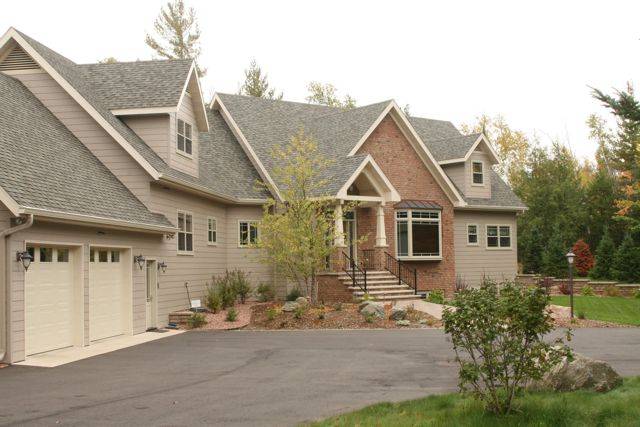Exterior siding is a great addition to any home because it can improve the appearance of your house, directly influencing the value of your property and also serve some functional benefits. On the downside, however, different types of siding require some maintenance. Regardless of what kind of siding you decide on, it is an investment. Since you are spending a generous amount on exterior siding, you want to make sure to extend the life of it for as long as you can. The great thing about siding is that since it is made for exterior purposes, it usually does not require extensive care. The most common types of siding are vinyl, cement-fiber and composite.
Vinyl is composed of plastic and is the most preferred siding in US mostly because of its affordability, durability and versatility. Vinyl does not augment easily but it may get dirty. Although the plastic component allows dirt and other things to simply slide off, over some time, vinyl still collects dirt. Often times bugs and other unwelcomed insects can make homes of the slits between the vinyl panels. Prevent this by either power washing the exterior of your home once or twice a year or use a broom to roughly clean the panels. Wind and rain can also contribute to the dirt, but a wash before or after summer can make a huge impact on the appearance of your home. Another problem you may run into with vinyl siding is that it can crack if struck by lawnmower or a weed eater. Even though vinyl is extremely tough, since it is made of plastic, it is prone to cracking from hard blows of such machinery. There is no way to fix the cracks unfortunately, to repair the look of the exterior; you need to replace the panel.

Cement fiber is another popular exterior siding option among homeowners. Similar to vinyl, cement fiber is a low maintenance alternative to real wood. While there are several recipes for cement fiber, the most common is a combination of sand, wood chips and cement. It is durable and offers a wide variety of colors. Fiber cement will not rot, warp or fade. It is a great investment that will be good in the long run. Although it is low maintenance, cement fiber does require some up keeping. Like vinyl siding, cement fiber has the tendency to attract insect nests to the shells and cracks between the panels. There can also be a buildup of dirt from rain and wind. Maintaining cement fiber siding is easy, requiring you to power wash the panels once a year. Periodic caulking never hurts and if you really want to go the extra mile, you can repaint the cement fiber. If you choose to repaint the panels, it is usually done other fifteen years.
Composite siding is very similar to fiber cement because it generally has the same recipe. Technically, fiber cement siding lies in the same category as composite siding because they are both made up of several elements. Aside from cement fiber, there is wood-polymer composite which includes more wood based products. It often incorporates sawdust or scraps of different wood. While resourceful and less expensive than regular wood, it is more prone to moisture and mold damage than fiber cement siding. A great way to prolong the life of wood based composite is to coat it with water sealant or paint. Unlike the other popular types of siding, you do not want to use a pressure washer to clean composite. Since the exterior is more susceptible to water damage, use a deck brush or gentle pressure.
Written by the staff at G.P. Construction Services, they provide the best siding Columbia MO has to offer.

